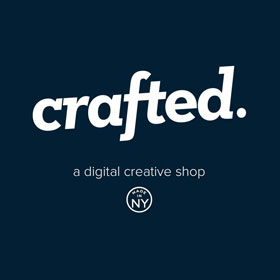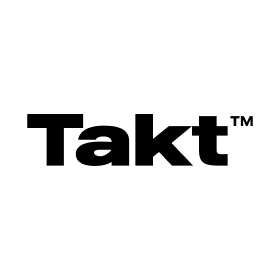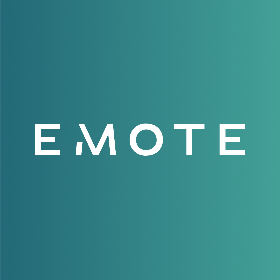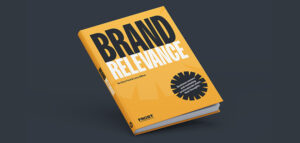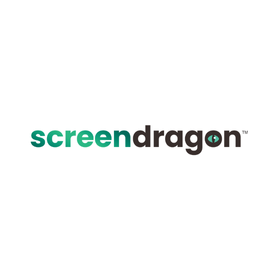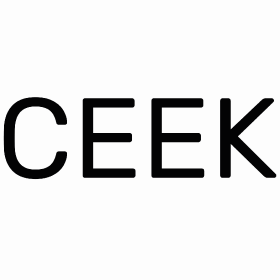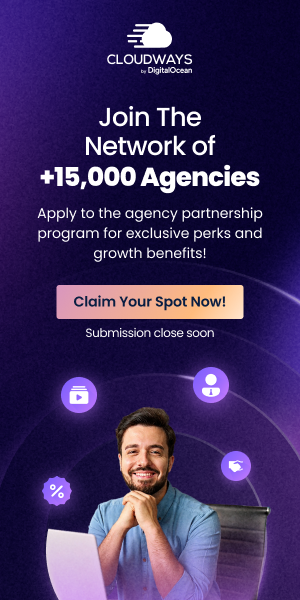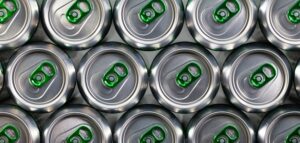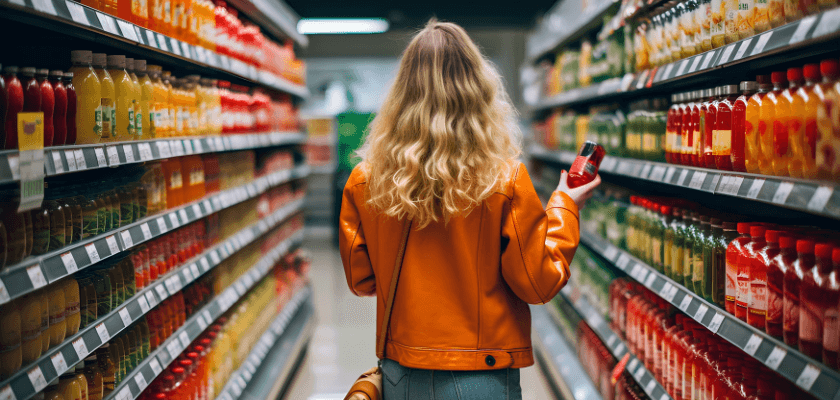
5 Leading Beverage Marketing Strategies to Pop The Fizz on Success
Are you ready to dive into the world of beverages, where the fizz of innovation meets the stir of competition?
The global beverage industry is booming, with projections indicating a leap to exhilarating heights in market value. In fact, in 2024, the beverages market is expected to generate a value addition of €223.80 billion. This surge is not uniform across the board, though. Segments like craft beverages, non-alcoholic spirits, and health-centric drinks are racing ahead, capturing the imagination and taste buds of consumers worldwide. But what’s driving this thirst for the new and the novel?
According to experts in the industry, “Consumers expect more personalized experiences and convenience, which necessitates the continuous optimization of digital experiences to stay relevant.” This is particularly crucial as more consumers seek direct-to-consumer models, leveraging the power of user-generated content and integrating AI for personalized experiences.
Today’s consumers are seeking an experience rather than just looking for a drink. They crave authenticity, sustainability, and wellness, turning their backs on the one-size-fits-all approach of yesterday. This shift prompted brands to rethink, reimagine, and revitalize their beverage marketing strategies.
But what does this mean for beverage marketing strategies? As preferences evolve, so too must the way brands connect with their audience.
In this article, we’ll not only observe the industry’s growth but also take a closer look at the marketing strategies for beverage industry propelling brands to the forefront of consumer minds.
So, let’s raise a glass to the strategies stirring up the industry and discover how the best in the business are not just riding the wave of change – they’re making it.
Understanding the Beverage Industry Landscape
The beverage industry, characterized by its dynamic nature, presents both challenges and opportunities. Whether it’s dealing with changing consumer preferences or navigating through the waves of health trends, the industry demands agility and insight.
“Innovation in sustainable packaging and personalized nutrition are key growth avenues,” noted Liat Kastro White, Account Director at Moburst in our research based on digital marketing for beverage brands.
This aligns with the increasing consumer demand for functional beverages that promise more than just quenching thirst—they’re about enhancing wellness, too. Think kombucha, with its gut-friendly probiotics, or energy drinks infused with natural, plant-based ingredients. The excitement surrounding these beverages extends beyond their health advantages; it mirrors a wider, more aware consumer attitude.
Then, there’s the sustainability factor. Consumers are now, more than ever, voting with their wallets for brands that champion eco-friendly practices. This means a big thumbs-up for products with minimal packaging, recyclable materials, or commitments to reducing carbon footprints.For beverage brands looking to make a splash, tuning into these preferences is essential for crafting strategies that engage, resonate and ultimately, refresh the market. While daunting at first glance, keep in mind that these marketing strategies become easily achievable with the expertise of beverage marketing agencies.
Mastering Brand Positioning in the Beverage Aisle
Brand positioning is one of the most important tactics which all successful marketing strategies are built on, serving as the foundation for engaging your target audience effectively. Let’s take a sip and explore how some brands have mixed up the perfect cocktail of innovation and identity, setting the bar high for industry peers.
Identifying Your Target Market
Successful beverage marketing begins with a crystal-clear understanding of your target market. Who are they? What do they value? Recognizing your audience’s preferences and behaviors is the first step in creating a resonant marketing message.
Diving into the world of beverage market research is like embarking on a thrilling expedition, equipped with an array of sophisticated tools and methodologies designed to uncover the elusive treasure that is the target market. To become successful in this competitive market, “digital marketing strategy development, social media management, and influencer marketing are among the top services food and beverage brands crave,” reflecting a clear trend toward data-driven and customer-centric approaches.
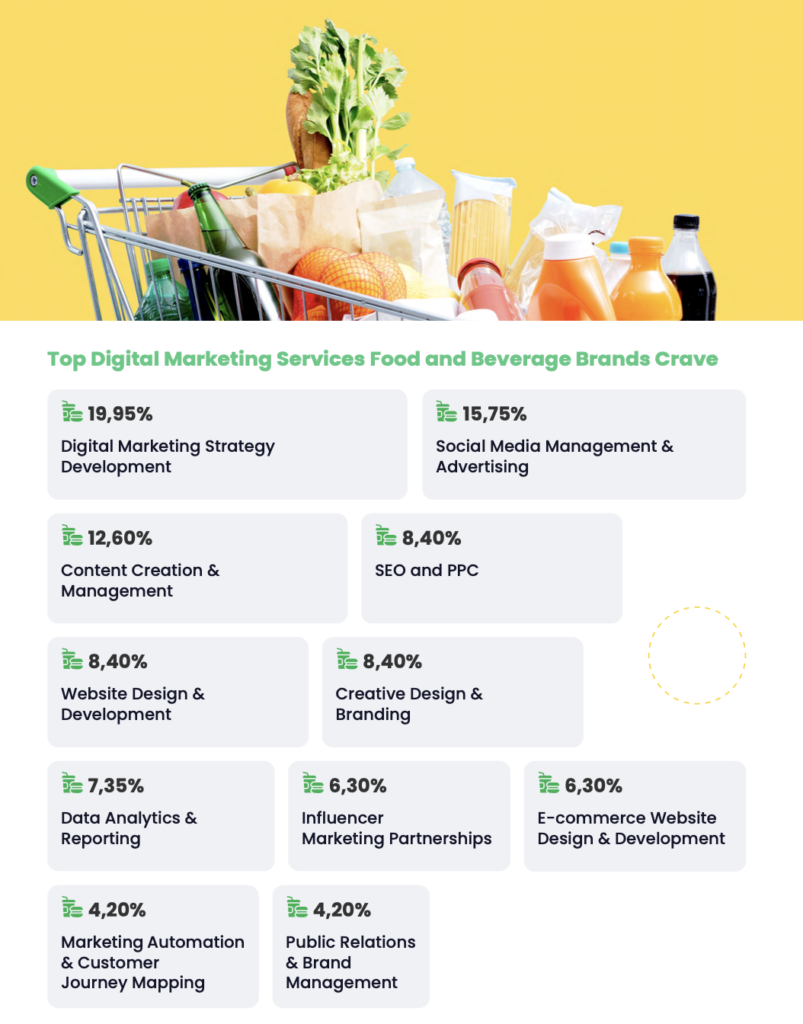
Surveys and focus groups have long been the stalwarts of market research, offering invaluable insights directly from the consumer’s mouth. These tools are anything but outdated; they’ve evolved, embracing online platforms to reach a wider and more diverse audience than ever before. But the real game-changer has been the advent of social media analytics and sentiment analysis. Companies can now listen in on unfiltered consumer conversations about their products, competitors, and the industry at large, gaining real-time feedback that’s gold dust for shaping beverage marketing strategies.
Then there’s the sophisticated world of data analytics and artificial intelligence. Beverage giants are harnessing these technologies to sift through vast amounts of data, identifying patterns and preferences that might not be visible to the human eye.
For example, Coca-Cola’s use of AI to analyze social media data and customer feedback led to the creation of Cherry Sprite, a new flavor developed entirely from machine-learned consumer preferences.
Crafting Your Brand Image and Voice
Your brand’s image and voice are the heart and soul of your beverage marketing strategy. This is where your brand’s personality comes to life, engaging consumers and setting you apart from the competition.
Take LaCroix, for instance, a sparkling water brand that turned the market on its head with its vibrant, almost retro packaging and an unapologetically bold social media presence. By embracing a playful and colorful aesthetic, LaCroix became a lifestyle accessory for the health-conscious and style-savvy. Its marketing strategy is using visual appeal and a conversational, cheeky tone on social media platforms to create a community of fans, proving that sometimes, it’s okay to judge a book –or can– by its cover.
And who could forget Red Bull? A brand that transcended its energy drink origins to become synonymous with extreme sports and adventure. Red Bull’s marketing strategy, particularly its investment in events, athletes, and high-adrenaline content, has crafted an image that’s all about pushing limits and embracing the extraordinary. This bold positioning speaks volumes, literally and metaphorically, engaging an audience that sees Red Bull as a catalyst for excitement and adventure.
These brands highlight the power of developing a unique image and voice, not just in how they present their products, but in how they engage with the world. According to industry experts, “crafting compelling, data-driven brand experiences that connect with audiences’ emotional core takes a wealth of research and understanding.” Whether through eye-catching design, compelling storytelling, or adrenaline-fueled experiences, they’ve managed to brew up brand identities that are unmistakable and unforgettable. It’s a reminder to all in the beverage industry that in the quest to quench consumer thirst, the most refreshing choice is often the most distinctive.
Another outstanding example is the eDesign Interactive’s work for Alaska Vodka. Alaska Vodka partnered with eDesign Interactive to create a visually stunning and emotionally resonant digital experience. Inspired by the brand’s commitment to purity and quality, eDesign crafted a website that tells the story of Alaska Vodka’s unique distillation process, using Shungite rocks, and the pristine Alaskan wilderness that forms the backdrop of its brand. The website is a visual journey that engages users with breathtaking imagery, floating snowflakes, and an interactive storytelling experience that mirrors the purity of the vodka itself. This captivating blend of storytelling and design helped Alaska Vodka connect emotionally with its audience, turning the brand’s origins into a compelling narrative that resonates with consumers.
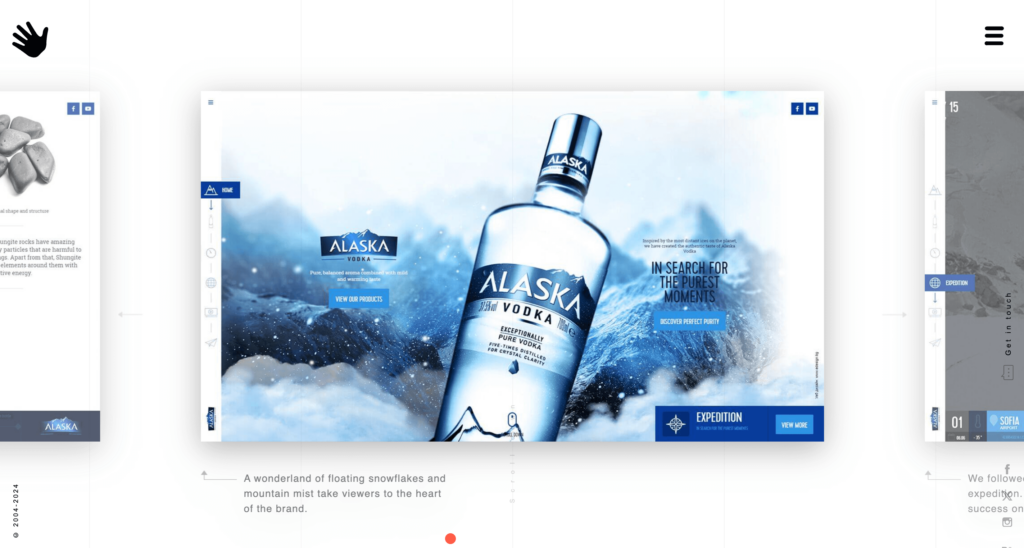
Distilling Down Your Beverage Brand’s Selling Points
What makes your beverage unique? Whether it’s a unique flavor profile, health benefits, or an eco-friendly approach, these are the aspects that can make your brand the toast of the town. If your goal is to identify and leverage unique selling points (USPs), you need to discover the secret ingredient that can transform a brand from just another option on the shelf to a market leader.
An excellent example of this is the remarkable journey of Oatly, the Swedish oat milk brand that turned the dairy alternative market on its head.
Oatly’s ascent to fame is a masterclass in understanding and capitalizing on USPs. At a time when the market was crowded with soy and almond milk, Oatly distinguished itself with its oat-based milk, emphasizing not only its unique taste and texture but also its environmental and health benefits. As noted in our guide based on digital marketing for beverage brands, “health and wellness trends, personalized marketing, sustainability initiatives, and global expansion into emerging markets are the biggest opportunities for growth in the food & beverage industry.” This perfectly aligns with Oatly’s strategy.
Oatly distinguished itself with its oat-based milk, emphasizing not only its unique taste and texture but also its environmental and health benefits. Oat milk requires significantly less water to produce than almond milk and offers a lower carbon footprint, aligning perfectly with the growing consumer demand for sustainable and eco-friendly products. Furthermore, Oatly didn’t just rest on the laurels of its product’s inherent qualities; it adopted a bold, conversational tone in its marketing, challenging industry norms and directly engaging with the dairy industry through provocative campaigns.
What truly set Oatly apart, however, was how it embraced transparency and authenticity, often humorously acknowledging its own challenges and journey. This approach not only endeared it to consumers but also created a strong, loyal community around the brand. Oatly’s strategic use of packaging as a communication tool, featuring quirky messages and stories, further cemented its image as a relatable and innovative brand.
The Impact of Packaging on Beverage Sales
Never underestimate the power of packaging. It’s often the first interaction a consumer has with your product. Effective packaging goes beyond aesthetics; it communicates your brand’s message and values at a glance, appealing directly to your target market.
The beverage industry has seen a wave of packaging innovations that are not just turning heads but also turning the tide in terms of sales and sustainability. “Innovation in sustainable packaging is a key growth avenue for the Food & Beverage & FMCG industry,” noted Liat Kastro White, Account Director at Moburst. These groundbreaking changes are a toast to creativity, technology, and a deep-seated commitment to the environment, resonating with consumers who are increasingly making choices that align with their values.
Innovations in biodegradable materials, like algae or cornstarch water bottles, mark significant steps towards sustainability, offering eco-friendly alternatives to traditional plastic. Similarly, smart packaging, such as bottles that indicate the perfect drinking temperature and labels that share ingredient journeys via smartphone apps, are enhancing consumer interactions.
Boxed Water is a pioneering company in the beverage industry known for its commitment to sustainability and environmental responsibility. Distinguished by its innovative packaging, Boxed Water provides purified drinking water in cartons made from 92% renewable resources, primarily paper, sourced from well-managed forests. The brand’s mission is to reduce the use of plastic bottles and the carbon footprint associated with their production and transportation. Boxed Water’s cartons are recyclable, and the company engages in various environmental initiatives, including planting trees and beach clean-ups, reinforcing its dedication to making a positive impact on the planet.
Digital Marketing Strategies for Beverage Industry
Now, let’s take a look at the necessary digital marketing strategies beverage companies use to ensure they’re the go-to choice for their customers.
Social Media Strategies for Beverage Brands
Social media campaign ideas that fizz with creativity, engagement, and innovation stand out, creating waves of excitement and brand loyalty. One sparkling example is Starbucks’ digital marketing strategy and the brand’s annual #RedCupContest, which invites customers to share their own photos of the brand’s iconic holiday cups. This genius move turns every participant into a brand ambassador, leveraging user-generated content to amplify reach and engagement. The success of this campaign lies in its ability to foster a sense of community and participation, making customers feel like an integral part of the brand’s holiday spirit.
According to the guide, “user-generated content campaigns and brand advocacy are among the top digital channels engaging food, beverage, and FMCG brands.” Another standout is Coca-Cola’s #ShareACoke campaign, which personalized bottles with names and invited people to share a Coke with someone special. By tapping into the power of personalization and the joy of sharing, Coca-Cola’s digital marketing strategy created a viral sensation that boosted sales and social media engagement across the globe.
Wondering the winning content formats for food, beverage, and FMCG brands?
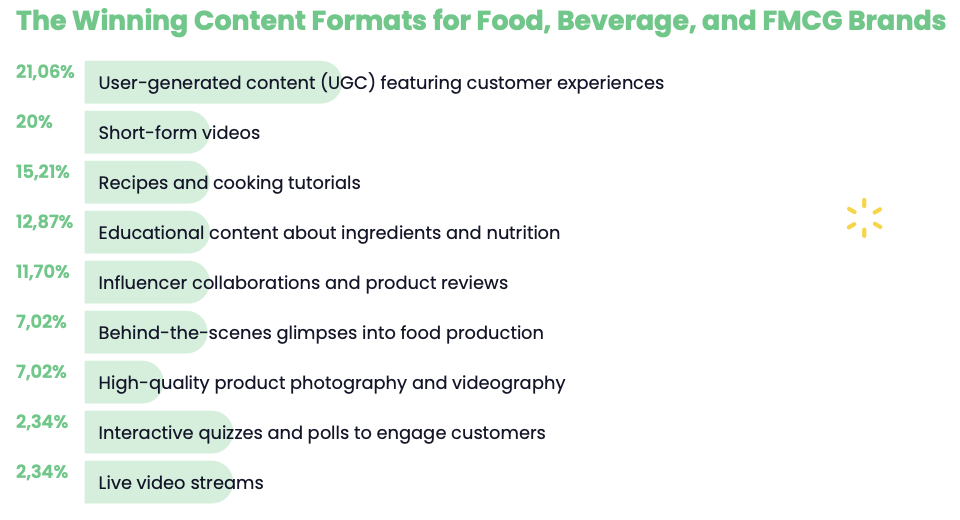
Arnold Street Agency has also elevated ROAR Organic’s digital presence in Canada to impressive new heights. Through a comprehensive omni-channel marketing strategy, they’ve expertly managed social media, email marketing, influencer campaigns, and digital advertising, achieving fantastic results. Notable achievements include:
- 58% increase in online sales
- over 20,000 new followers on social media
- 20,000 additional email subscribers.
Their creative efforts also sparked an 18,000% rise in impressions and a 47,000% boost in engagement.
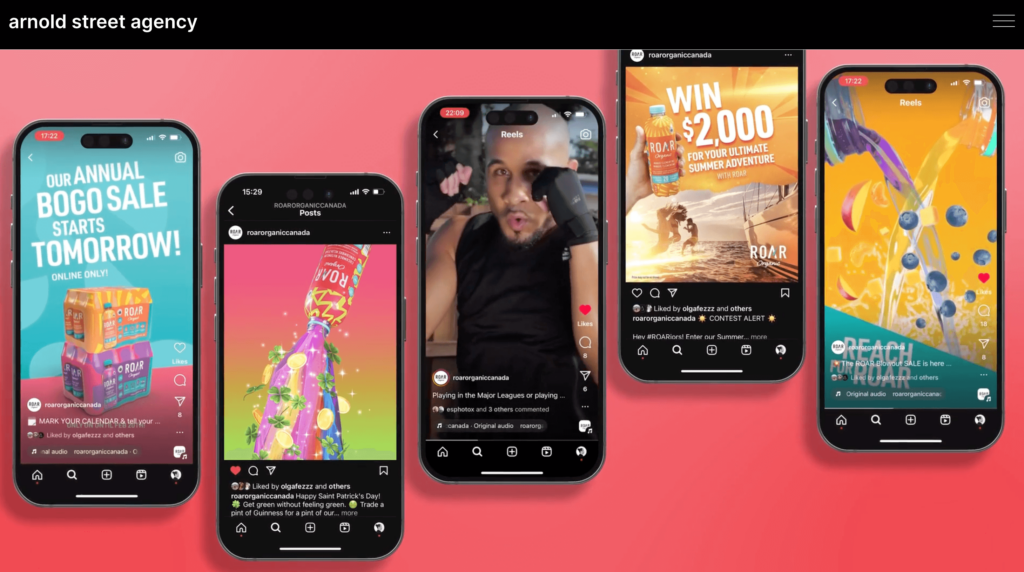
A standout moment in their collaboration was the launch of ROAR Plus Powders. Arnold Street Media refreshed the brand’s look and packaging, developing vibrant, attention-grabbing designs that appeal to the target audience. This collaboration revitalized ROAR Organic’s digital presence and significantly boosted brand engagement and sales.
Utilizing Influencer Marketing
The art of measuring the ROI of influencer marketing campaigns is a blend of science, intuition, and a dash of creativity. Beverage brands turn to a concoction of analytics and influencer marketing tools that offer a clear view of how influencer partnerships are quenching their strategic thirst.
The first sip of this process starts with setting clear, measurable goals—be it brand awareness, engagement, or direct sales. From there, brands find the top influencer marketing agency or use a suite of sophisticated tools and platforms designed to track everything from the reach and impressions of influencer posts to the more telling engagement rates, including likes, comments, shares, and the holy grail of metrics: conversion rates.
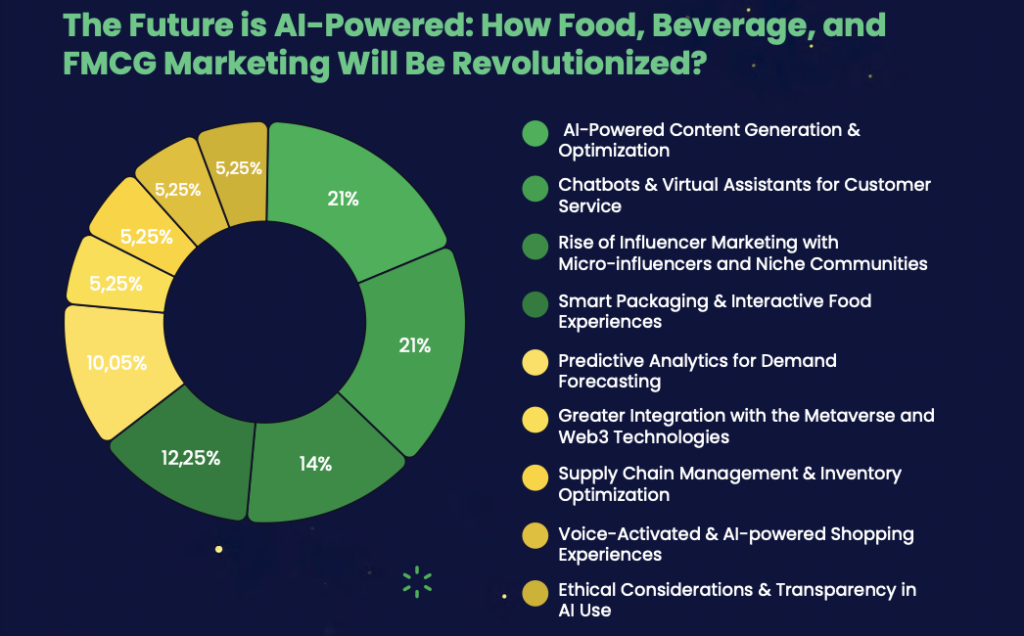
“The rise of influencer marketing with micro-influencers and niche communities is reshaping the food and beverage landscape,” as stated one of the frequently given answers in the guide. Platforms like Google Analytics enable brands to trace website traffic and sales back to specific influencer campaigns. Unique promo codes and affiliate links add another layer of tracking, offering a direct line from influencer activity to consumer action.
But the true measure of ROI extends beyond these metrics. It’s also found in the quality of the conversations sparked by influencers, the alignment of the influencer’s audience with the brand’s target market, and the long-term relationships built with both influencers and their followers. For beverage brands, success is in the sustained buzz and brand affinity that keeps consumers coming back for more.
Content Creation: A Key to Audience Engagement
Engaging, informative content is invaluable in establishing your brand as a thought leader and trusted source in the beverage industry. Whether it’s through blogs, videos, or infographics, quality content can elevate your brand’s visibility and appeal. Not just any tales, but those that pour out the brand’s heritage, craft, and journey, inviting consumers to sip on a story that transcends the drink itself.
As emphasized in the guide, “creating engaging and interactive content is essential for standing out in a crowded marketplace.” Educational content also stirs up significant engagement, especially when it demystifies the product or celebrates its uniqueness. Wine brands have found success with content that walks consumers through tasting notes, the winemaking process, or how to pair their favorite bottle with meals. This type of content not only informs but also empowers consumers, elevating their experience from mere consumption to connoisseurship.
Advertising Strategy For Beverage Industry
When it comes to the world of beverage advertising, the most successful brands are those that masterfully blend the rich flavors of traditional and digital media, creating a marketing mix that’s both refreshing and robust.
The future of food and beverage marketing will be revolutionized by AI-powered content generation and optimization, predictive analytics for demand forecasting, and smart packaging & interactive food experiences, as highlighted in the guide. This approach allows brands to reach a broader audience, catering to the diverse palates of consumers across the spectrum. While maximizing visibility, this strategy also boosts consumer engagement, proving that in the world of beverage marketing, the most effective campaigns are those that can blend the best of both worlds to create something truly memorable.
All of Heineken’s innovative marketing campaigns are excellent examples and we want highlight the “Heineken 0.0 #NowYouCan” campaign. This campaign was launched to promote Heineken 0.0, their non-alcoholic beer, catering to consumers looking for a beer experience without alcohol, whether for health reasons, driving, or any other situation where alcohol might not be appropriate.
As noted in the guide, “With 22%, the rise of direct-to-consumer (DTC) models and the increasing importance of sustainability initiatives are reshaping the industry,” making Heineken’s approach timely and relevant.
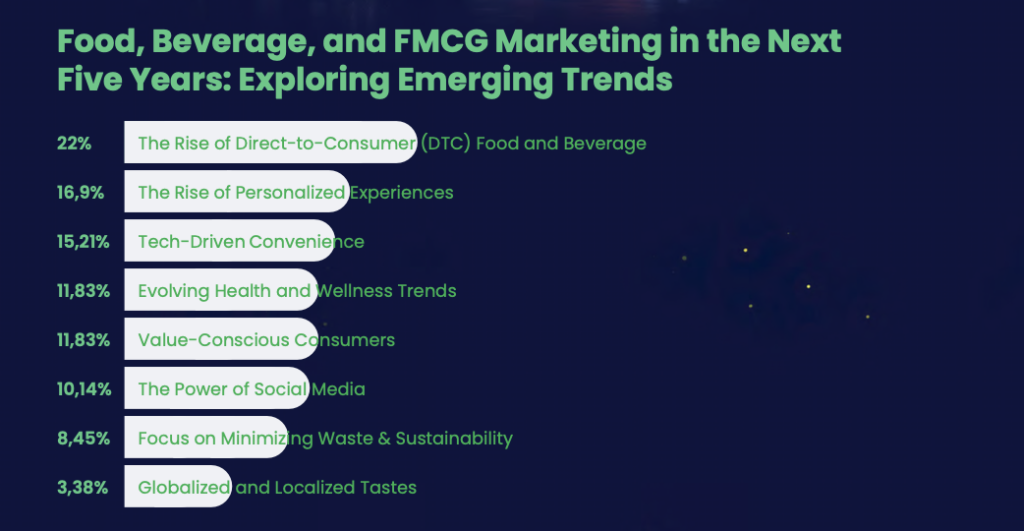
The “#NowYouCan” campaign was a great example of using a mix of traditional advertising methods, such as billboards and TV commercials, alongside digital marketing strategies, including social media ads and influencers, to highlight the versatility of enjoying a non-alcoholic beer in scenarios where an alcoholic beverage wouldn’t be suitable. The campaign’s messaging focused on the freedom and inclusivity offered by Heineken 0.0, allowing consumers to enjoy a beer taste “anytime, anywhere.”
The Role of Blogs and Videos in Beverage Marketing
Yes, blogs and videos are still a great way to tell your brand’s narrative in greater detail, highlight your products, and establish a more personal connection with your audience. In fact, we can confidently say that they both play a crucial role in storytelling and brand promotion.
A shining example of this is Guinness, a brand steeped in heritage and renowned for its captivating storytelling. Through its beautifully crafted video campaigns, such as the “Made of More” series, Guinness shares inspiring stories of human spirit and resilience, resonating far beyond the beer enthusiasts. These videos, rich in narrative and emotion, transcend traditional advertising, turning each pint into a story worth telling and sharing.
Conclusion
Stepping into the beverage industry’s challenging environment needs a strong marketing plan. You need to know your audience, make your brand stand out, use digital marketing tools effectively, and create content that grabs attention. Success here is more than just selling drinks, though. Success here is about aiming for the top.
Think about it: Why be just another brand when you can be the one everyone talks about? It’s time to bring your fresh beverage marketing strategies to the table.
Ready to make a splash in the beverage world? Let’s get going – start implementing your strategies and watch your brand grow!


